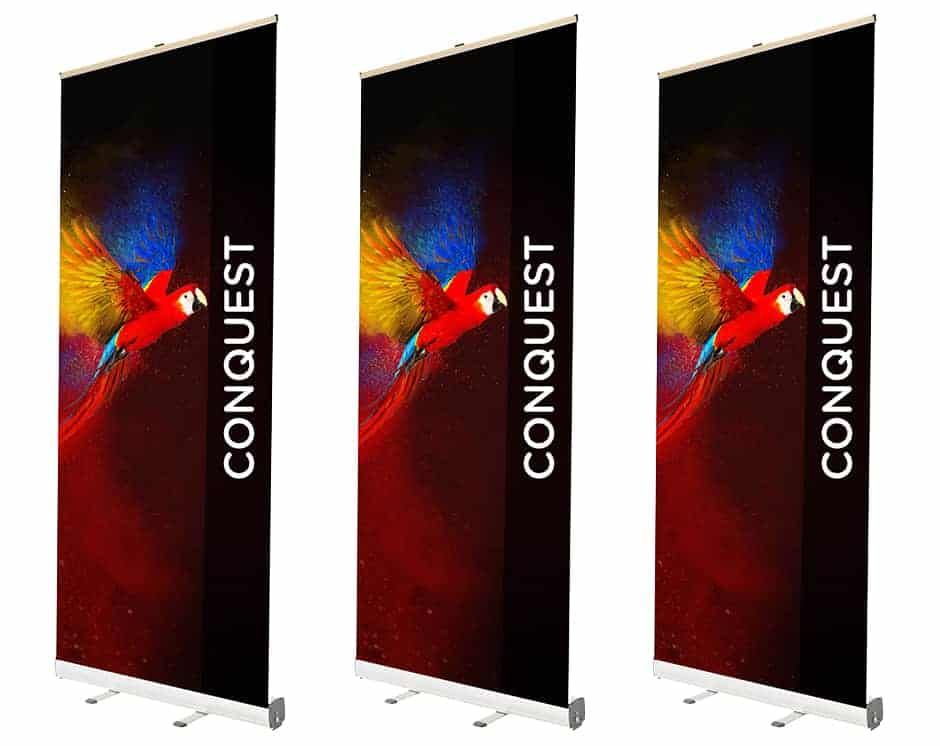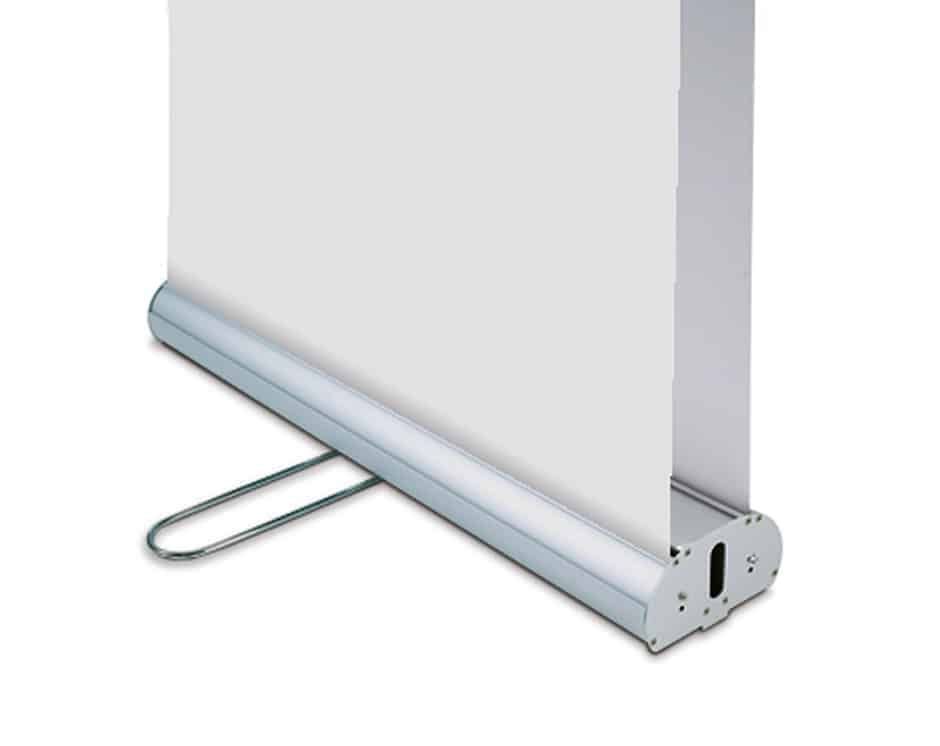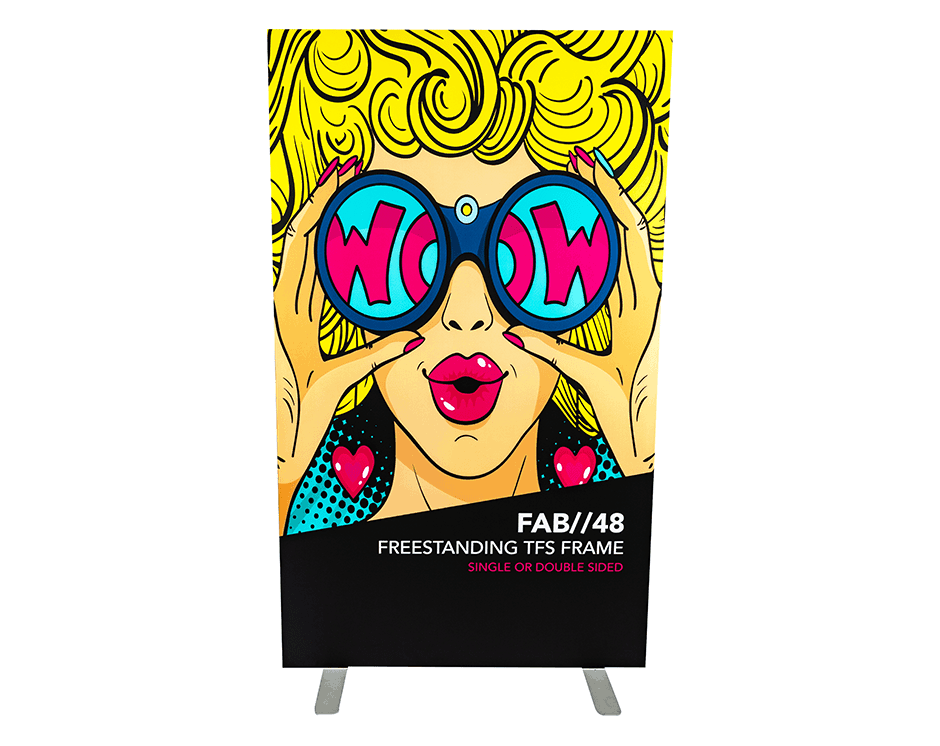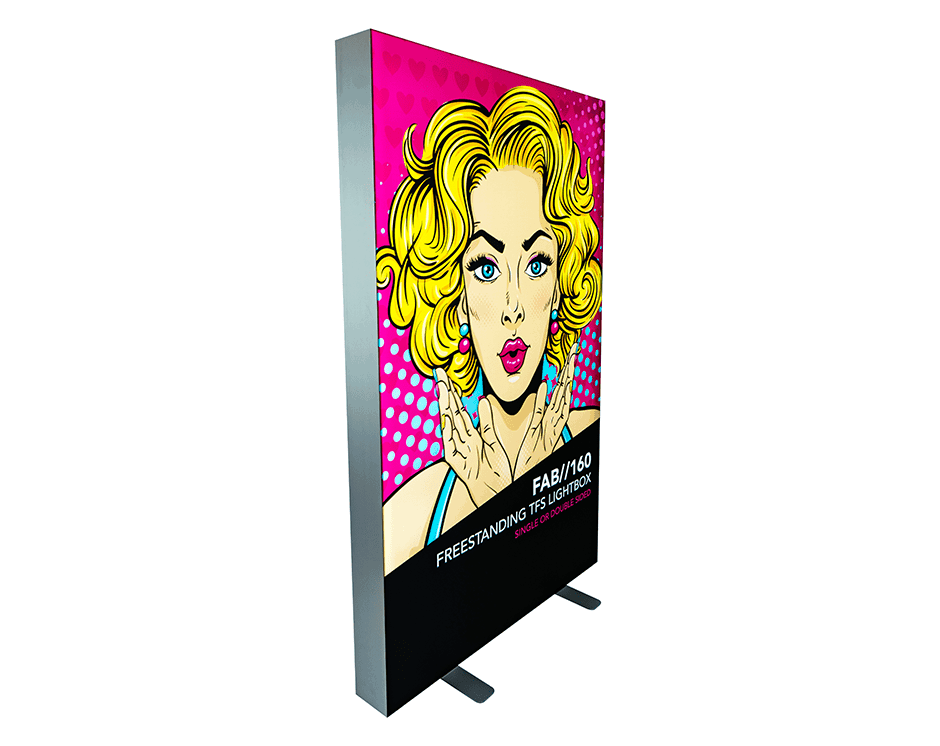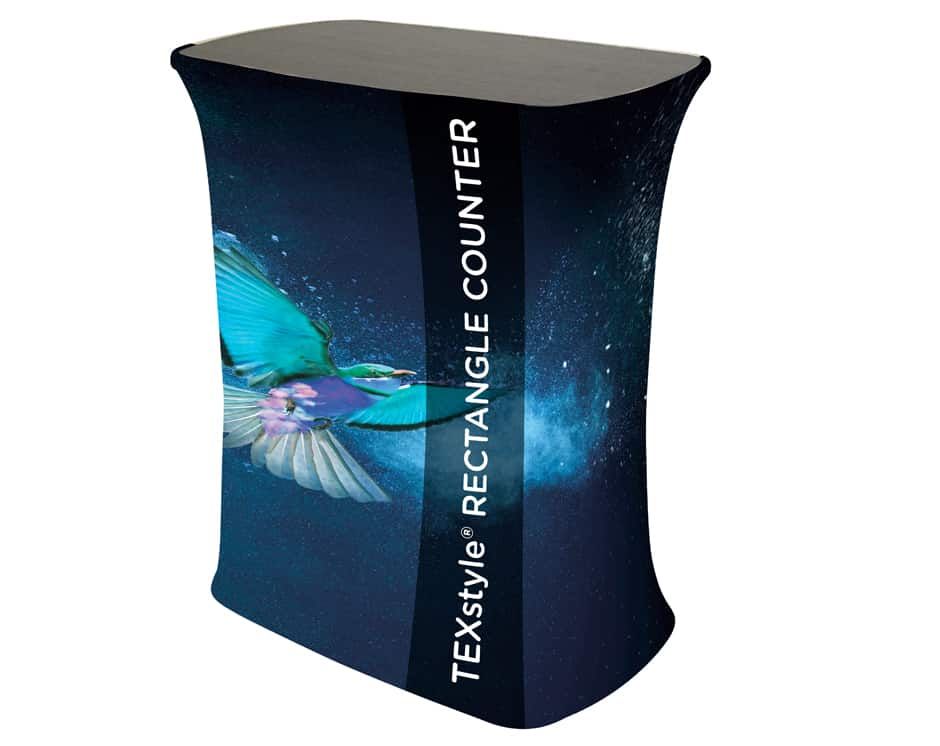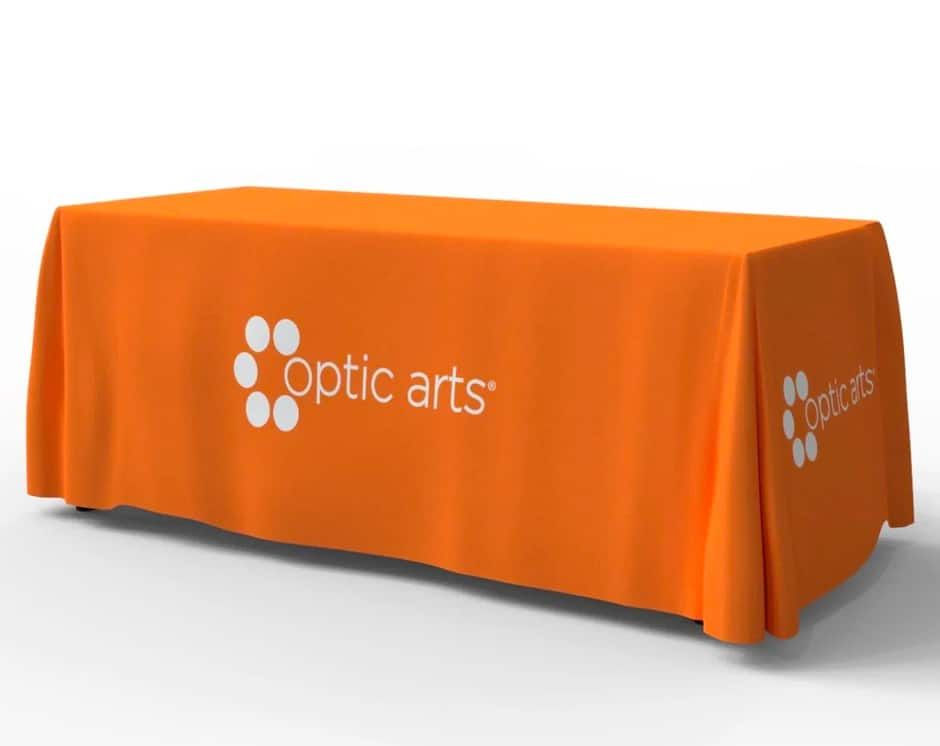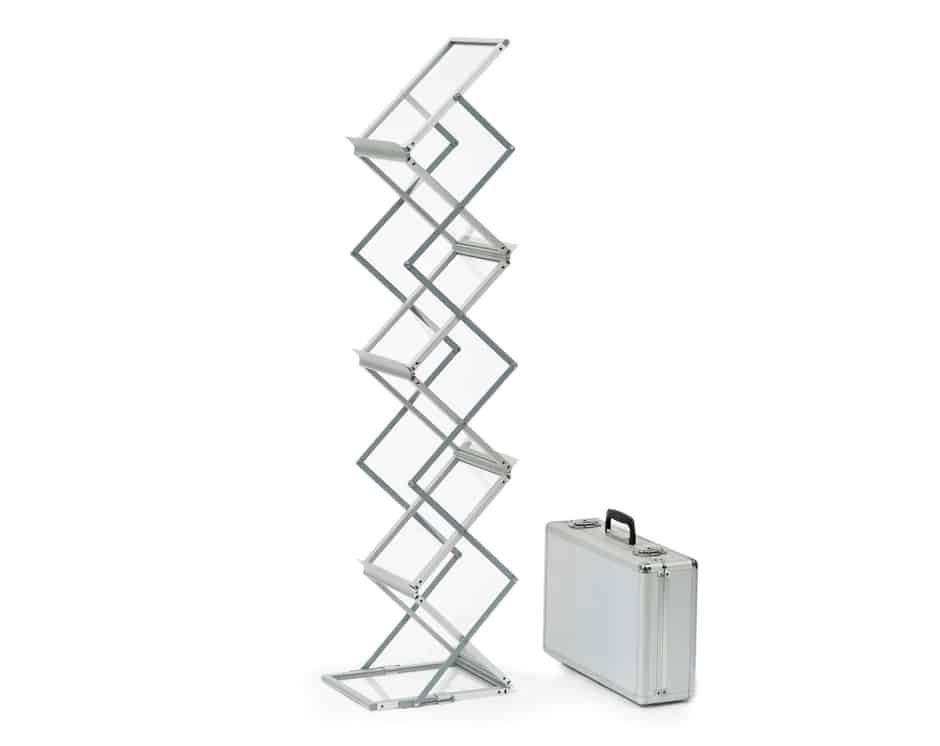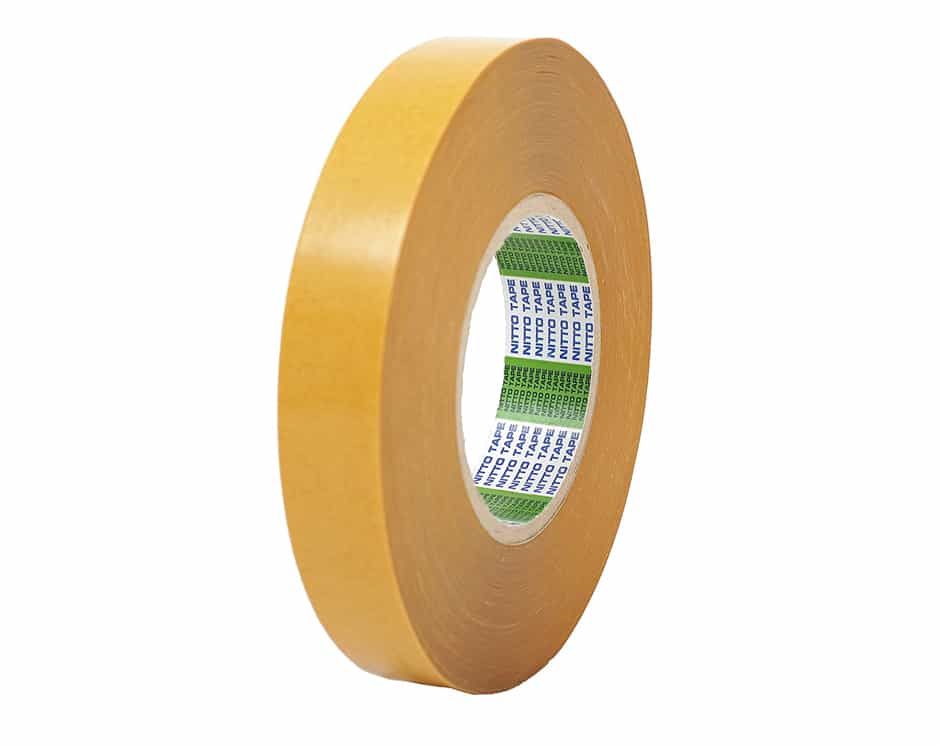Xmas Dates: Closed 23th December 2025 - Open 5th January 2026
Exhibition & Indoor Displays
Subcategories
Exhibition & Indoor Displays
Exhibition stands, also known as trade show booths or display booths, are temporary structures or spaces set up at exhibitions, trade shows, conferences, and other events to showcase products, services, or information to a targeted audience. These stands are designed to capture attention, engage attendees, and create a visually appealing and informative presence for the exhibiting company or organization.
Exhibition stands come in various sizes, styles, and configurations, and they can be customized to fit the specific goals and branding of the exhibitor. They serve as a platform for businesses to interact with potential customers, partners, and industry professionals, and they play a crucial role in marketing and networking efforts. Here's an overview of key aspects of exhibition stands:
Design and Layout: Exhibition stands are designed to create an attractive and inviting environment that represents the exhibitor's brand and message. The design may include graphics, logos, product displays, signage, interactive elements, and multimedia presentations. The layout is carefully planned to optimize traffic flow and ensure that visitors can easily navigate and engage with the content.
Types of Exhibition Stands:
Shell Scheme Stands: These are basic, pre-built structures provided by event organizers. Exhibitors can customize them by adding graphics, signage, and displays.
Custom-Built Stands: These stands are designed and constructed according to the exhibitor's specific requirements. They offer more flexibility in terms of design and layout.
Modular Stands: Modular stands use pre-fabricated components that can be reconfigured to create different layouts for various events.
Pop-Up Stands: Portable and lightweight stands that are easy to set up and transport. They are suitable for smaller events and exhibitions.
Island Stands: Larger and more elaborate stands that are open on all sides, often occupying a central location on the exhibition floor.
Branding and Graphics: Effective use of branding and graphics is crucial to making an exhibition stand visually appealing and memorable. Graphics should convey the exhibitor's identity, key messages, and product offerings. Large banners, posters, backdrops, and digital displays are common elements used for branding.
Interactive Elements: To engage attendees, exhibition stands often incorporate interactive elements such as touchscreens, virtual reality experiences, product demonstrations, and games. These elements help create an immersive and memorable experience for visitors.
Furniture and Display Components: Depending on the nature of the exhibition, stands may include furniture such as tables, chairs, counters, shelves, and product displays. These components are strategically placed to encourage interactions and discussions.
Lighting: Proper lighting enhances the overall presentation of the stand and draws attention to specific areas or products. Different lighting techniques can create various effects and moods.
Marketing Collateral: Exhibitors often provide brochures, catalogs, samples, and promotional materials to visitors as a way to continue engagement beyond the event.
Staff Interaction: The stand's layout and design should facilitate meaningful interactions between exhibitor staff and attendees. Staff members are trained to engage with visitors, answer questions, and gather leads.
Exhibition stands play a vital role in making a strong impression and driving success at trade shows and events. The design and execution of the stand should align with the company's overall marketing strategy and goals to effectively attract, engage, and convert potential customers.

